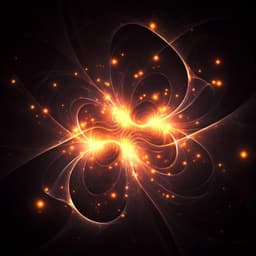
Physics
Spin-orbit torques and their associated effective fields from gigahertz to terahertz
F. S. Guimarães, J. Bouaziz, et al.
This groundbreaking research by Filipe S.M. Guimarães, Juba Bouaziz, Manuel dos Santos Dias, and Samir Lounis explores how dynamical transverse components of spin-orbit torques transform and uncover new longitudinal contributions to magnetic moments. Discover how these insights could revolutionize control over magnetic units in next-generation spintronic devices!
Playback language: English
Related Publications
Explore these studies to deepen your understanding of the subject.







